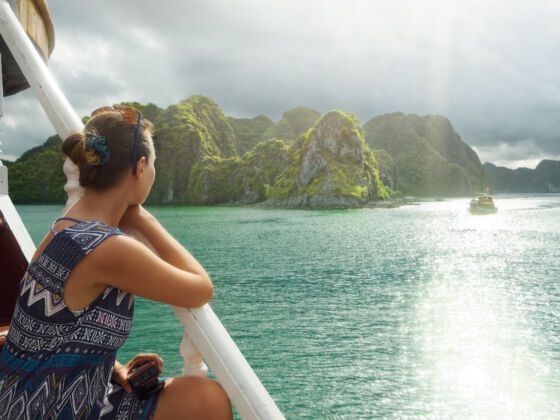Most discussion of the Zika virus epidemic of the last few years has been focused on Latin America and the Caribbean. Yet continental borders, even those separated by vast bodies of water, are no barrier for mosquito-borne diseases, as the southern United States has found.
The Center for Disease Control and Prevention (CDC) has issued travel advisories for dozens of countries in the Americas, but every nation within or close to the tropics remains a potential risk zone — including the nations of tropical Southeast Asia.
